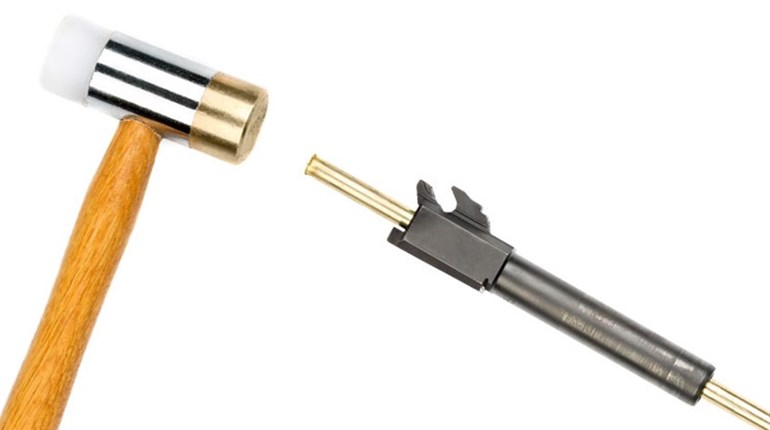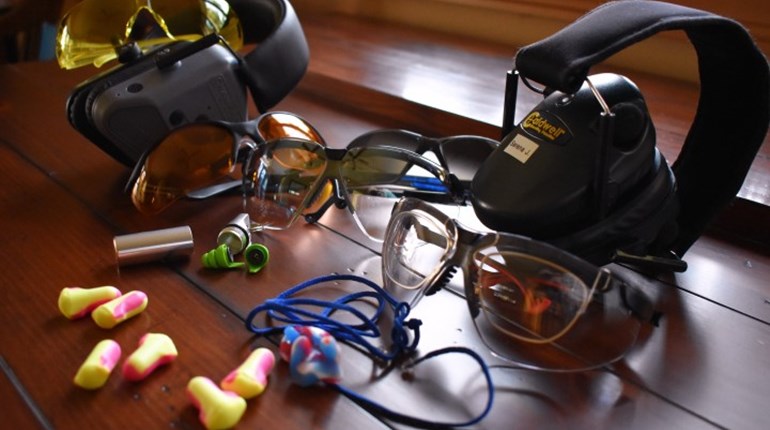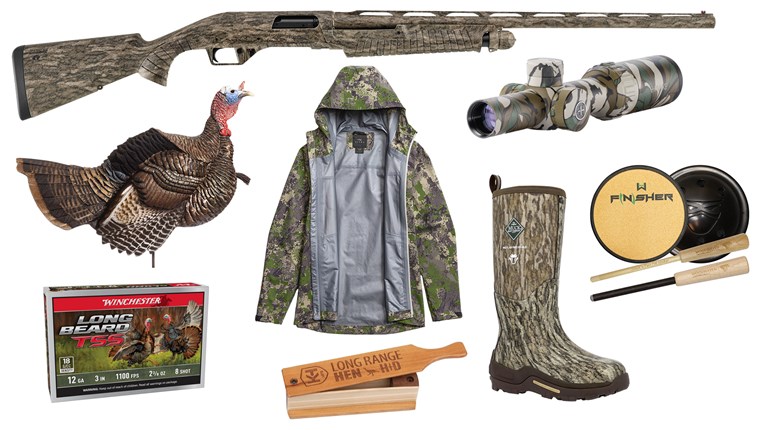
Recently, my friend Mark Hargrove and I sent Colt Detective Specials off to Tyler Gun Works to be customized as Fitz Specials. Back before WWII, J.H. FitzGerald, a well-known Colt employee, would shorten the barrels on Colt DA revolvers, bob their hammers and cut out the front of the trigger guard. Shootists of that era dubbed them Fitz Specials. And, let me say right now that Bobby Tyler and his crew did a magnificent job on our two Colts.
So, Mark and I posted photos of our very nice guns on social media and bragged on the guns and bragged on Tyler Gun Works. What was funny was the number of internet commandos who informed us and the whole world that those guns just weren’t safe. Never mind that they had never actually shot one or even handled one. And never mind the fact that such guns were carried by real heroes like Col. Rex Applegate, Col. Charles Askins, William Fairbairn, M.T. Gonzaullas and Clint Peoples, to name just a few. Askins even carried his Fitz all through World War II and put it to its intended use while doing so, I might add. So much for the web warriors.
But, on the other side of the fence, we’ve got all the old revolver fans who will gladly tell you that these striker-fired guns, the ones without an external safety, sure are dangerous. These old salts will mention the fact that, as some claim, the incidents of negligent discharges have gone up since the advent of these particular striker-fired guns. Of course, the boys on that side can’t really quote any actual statistics to back this up, and, in fact, such incidents resulting in serious injury or worse are way, way down over the past few decades. What’s more, most of these revolver purists have never spent enough time with one of the striker-fired guns to even form a personal opinion.
Here are the cold, hard facts, my friends. The Fitz Special is not inherently unsafe, nor are striker-fired handguns. Both types of guns simply have too much history that will refute this charge. Now, don’t be shocked, but the shooter who causes a negligent discharge is the unsafe part of the equation. He/she gets to messing with a new gun without learning the specific manual of arms for that type of gun. And, of course, since they've been shooting all of their life, they certainly don’t need to waste good money on professional training. Just ask them, they'll tell you.
I just think that we all need to be reminded of these facts from time to time. If I own a gun and plan to carry and shoot it, it is up to me—and no one else—to learn the safe manual of arms for that gun. And there is nothing to be ashamed of in asking for some professional help. That is ever so much better than pontificating on something that you clearly have no knowledge about. One might still be a fool, but it won’t be nearly as obvious.





































